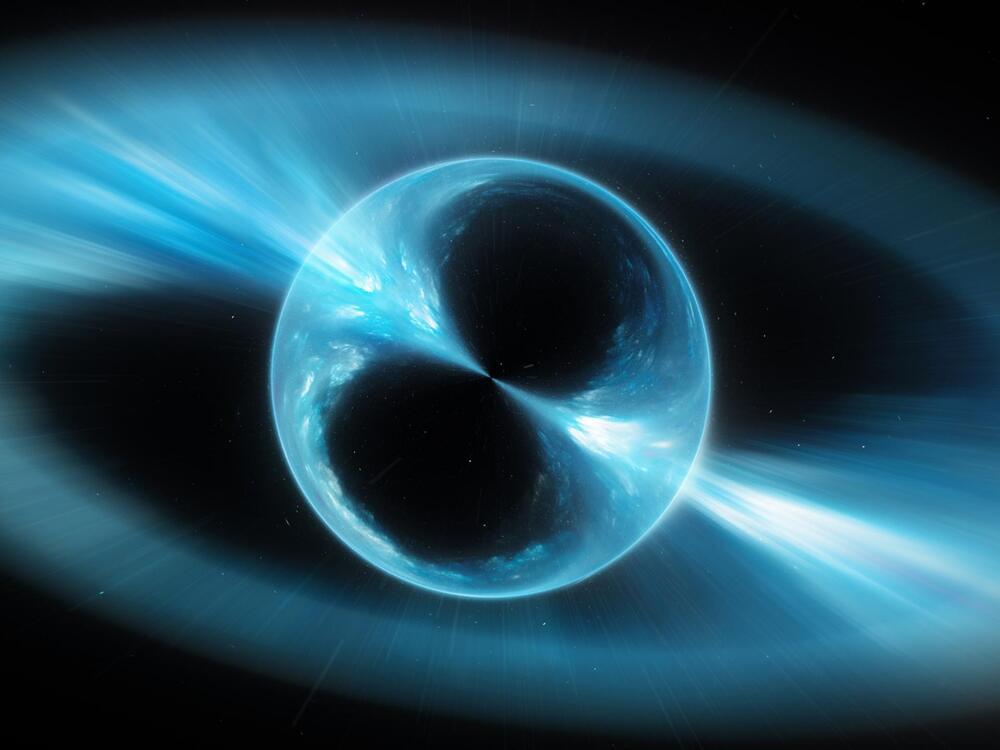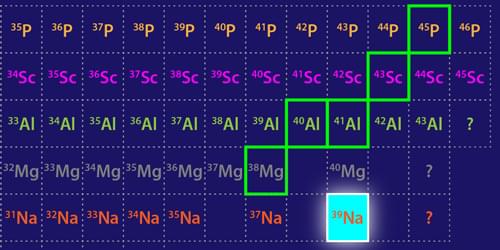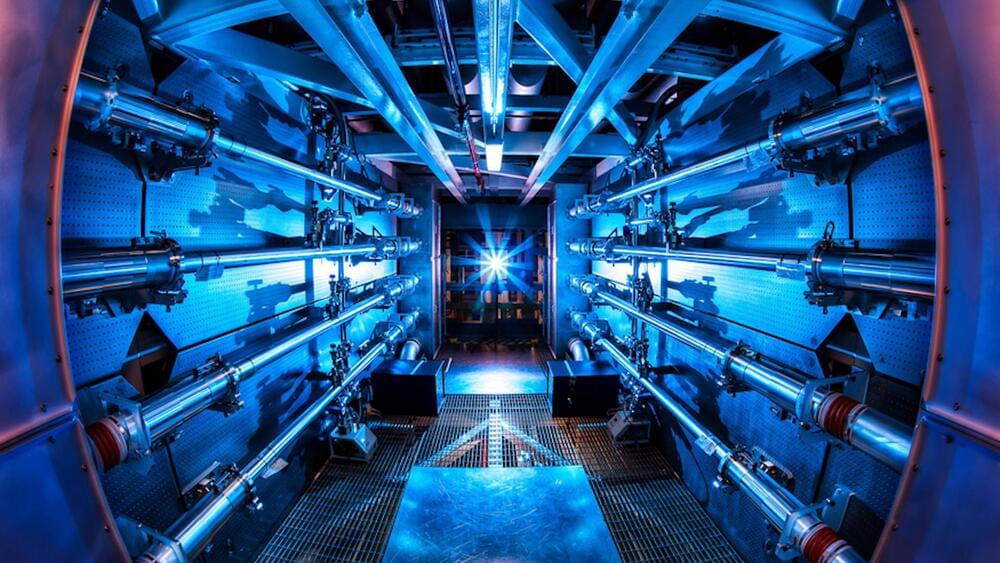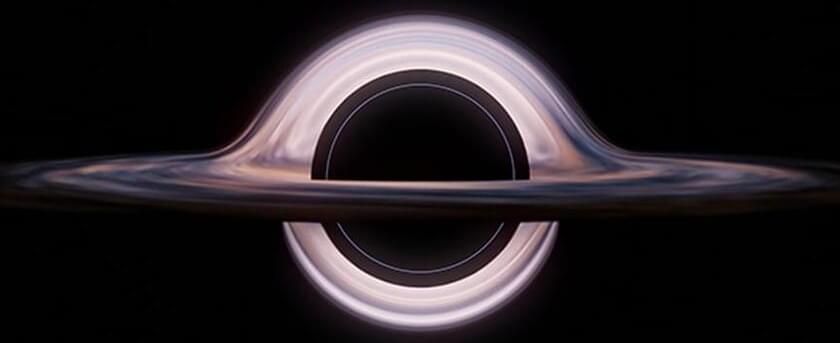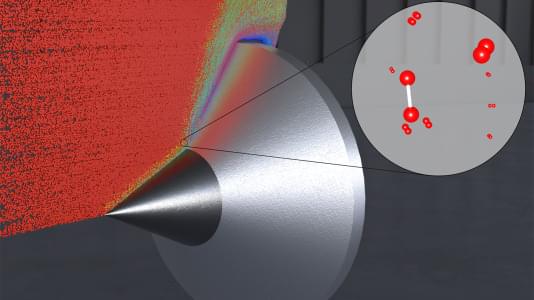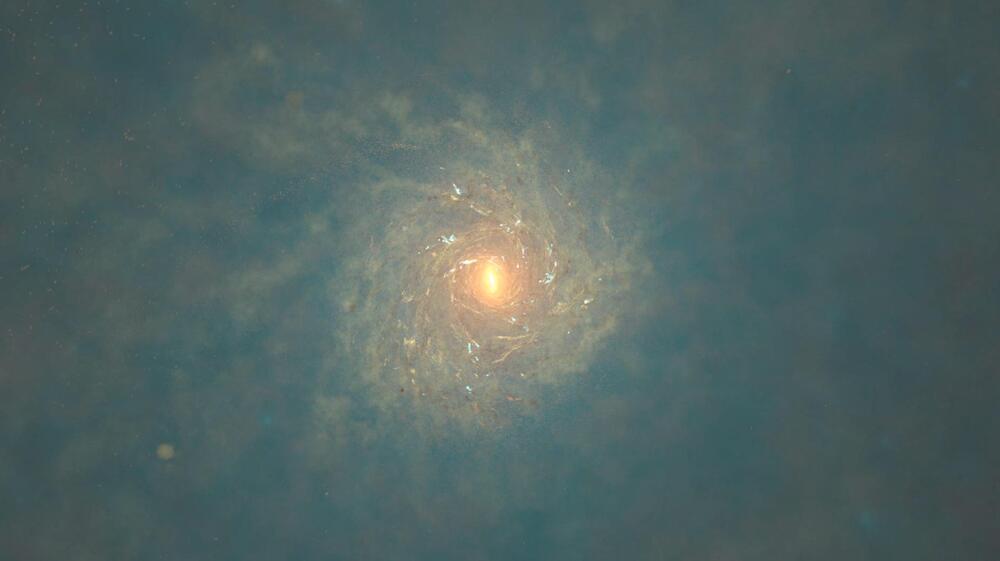The collective motion of animals in a group is a fascinating topic of research for many scientists. Understanding these collective behaviors can sometimes inspire the development of strategies for promoting positive social change, as well as technologies that emulate nature.
Many studies describe flocking behavior as a self-organized process, with individuals in a group continuously adapting their direction and speed to ultimately achieve a “collective” motion. This perspective, however, does not consider the hierarchical structure exhibited by many animal groups and the possible benefits of having a “leader” guide the way.
Luis Gómez-Nava, Richard Bon and Fernando Peruani, three researchers at Université Côte d’Azur, Université de Toulouse, and CY Cergy Paris Université have recently used physics theory to examine the collective behavior of small flocks of sheep. Their findings, published in Nature Physics, show that by alternating between the role of leader and follower, the flock ultimately achieves some form of “collective intelligence.”

